
Many Confuse This Plant with a Weed, But It’s Actually Full of Surprising Health Benefits
Purslane, scientifically known as Portulaca oleracea, is a plant that is often mistaken for a w:eed. With its ability to thrive in various environments, this often-overlooked succulent is found across the United States and has earned nicknames such as pigw:eed, little hogw:eed, and fatw:eed. In Asia and Europe, particularly in the Mediterranean, it is well-known as a popular potherb, making its way into numerous culinary dishes. However, purslane is not only a culinary delight; it is packed with impressive health benefits and nutritional value. It is no wonder that this plant has been a staple in ancient medicine, especially in Chinese traditions, where it is referred to as “the vegetable for long life.”
The Nutritional Powerhouse of Purslane
Purslane is an exceptional source of numerous vital nutrients, making it a valuable addition to any diet. It boasts high amounts of vitamins such as vitamin A, E, and C, along with essential minerals like calcium, magnesium, manganese, potassium, and iron. In addition, it contains smaller amounts of folate, phosphorus, copper, and several B vitamins, including B1, B2, and B3. One of the most remarkable features of purslane is its high water content, with the plant being 93% water. As a result, it is a low-calorie food that is rich in nutrients, making it an ideal option for individuals seeking a nutrient-dense yet low-calorie addition to their meals. Moreover, its versatility in the kitchen allows it to be incorporated into various dishes, making it a practical and healthy choice.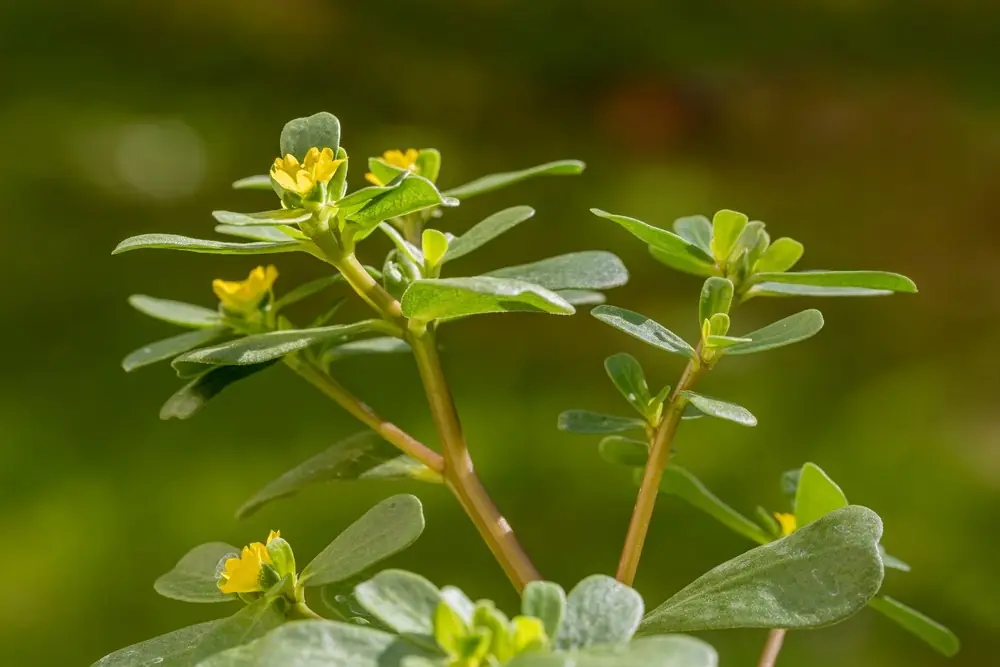
A Natural Source of Omega-3 Fatty Acids
When most people think of omega-3 fatty acids, they usually associate them with fatty fish, such as salmon. However, purslane serves as an excellent plant-based source of these essential fats. Omega-3 fatty acids are critical for human health, as the body cannot produce them naturally. This means we must obtain them from food sources. Despite the fact that purslane contains only a modest amount of fat, it stands out as an omega-3-rich plant. According to Healthline, purslane contains two forms of omega-3s: ALA (alpha-linolenic acid) and EPA (eicosapentaenoic acid). ALA is a common omega-3 found in various plants like spinach, but purslane contains 5 to 7 times more ALA than most other plant sources. Additionally, purslane contains EPA, which is usually found in animal products and algae. This makes purslane unique, as EPA is typically absent in land-based plants. EPA is known for being more active in the body than ALA, adding even more health benefits to this remarkable plant.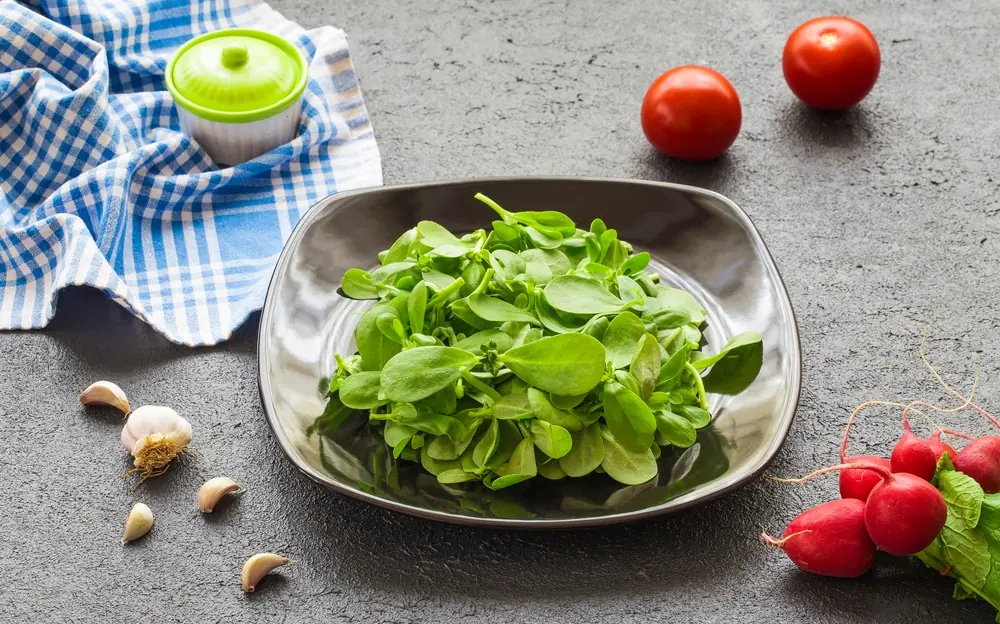
Packed with Antioxidants
Purslane is rich in antioxidants, which are compounds that help protect the body from oxidative stress and free radical damage. The plant’s high vitamin content includes antioxidants such as vitamin C, which is essential for the maintenance of skin, bones, and muscles. Vitamin A, found in purslane as beta-carotene, is widely recognized for promoting good eye health. Purslane also contains alpha-tocopherol, a form of vitamin E known for its ability to protect cell membranes from oxidative damage. Additionally, the plant contains other beneficial antioxidants such as glutathione and betalain, which further contribute to its ability to safeguard cells from damage. Purslane even contains melatonin, a hormone that plays a key role in regulating sleep cycles, making it an excellent addition to a bedtime snack for better rest.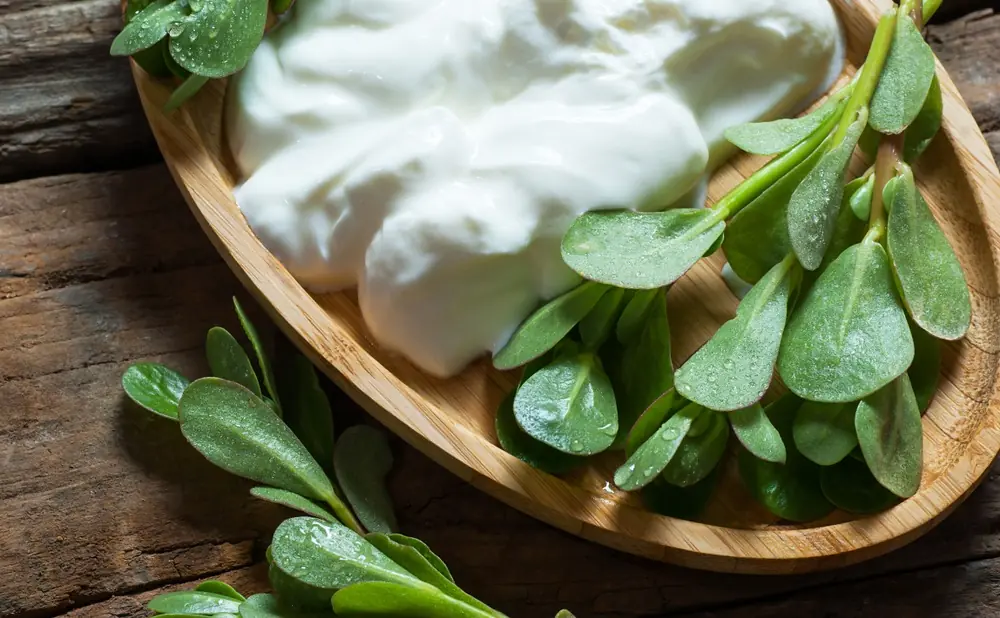
A Rich Source of Potassium and Calcium
In addition to antioxidants, purslane provides essential minerals like potassium and calcium. Potassium is vital for regulating blood pressure, and scientific studies have linked adequate potassium intake to better heart health. This makes purslane an excellent food choice for individuals looking to improve or maintain their cardiovascular health. Calcium, on the other hand, is well-known for its role in bone health, but it is also crucial for kidney function and digestion. A 2019 review highlights the importance of calcium in managing conditions like osteoporosis, hypoparathyroidism, and malabsorptive bowel disease. Purslane’s high calcium content provides a natural way to boost calcium intake, particularly for individuals who may need additional support for their bones and kidneys.
The Benefits of Magnesium
Magnesium, another essential mineral found in purslane, plays a key role in regulating blood sugar and blood pressure, supporting muscles and nerves, and promoting protein synthesis and bone strength. Magnesium-rich diets have been shown to help lower the risk of certain conditions like high blood pressure and migraines. While the effectiveness of magnesium supplementation is still debated in clinical trials, nutritionists recommend obtaining magnesium from food sources like purslane to ensure the body gets the required amount. Including magnesium-rich foods in your diet can contribute to better overall health and a lower risk of various diseases.
The Potential Downsides of Purslane
While purslane offers numerous health benefits, it is essential to be aware of its potential downsides. Purslane contains oxalates, which are naturally occurring organic acids produced by both plants and the human body. While oxalates are not an essential nutrient, excessive consumption can be harmful for certain individuals. Oxalates can bind to minerals like calcium and iron, forming compounds such as calcium oxalate and iron oxalate, which are excreted from the body through stool or urine rather than being absorbed. In some cases, these compounds may form crystals, leading to the development of kidney stones. For individuals who are susceptible to kidney stones or have conditions like inflammatory bowel disease or other gut-related disorders, it is advisable to consult with a healthcare provider before adding purslane to their diet.
Who Should Avoid Purslane?
Due to its high oxalate content, people with a history of kidney stones or conditions that increase the risk of kidney stone formation may need to limit their consumption of purslane. Medical professionals generally recommend a low-oxalate diet for individuals with elevated levels of oxalates in their urine. If you fall into this category, it is important to speak with a healthcare professional before adding purslane to your diet. As with any new food, especially one that contains potentially harmful compounds for certain individuals, moderation and expert guidance are essential to ensure safety.
How to Eat Purslane
Purslane is a versatile and flavorful plant that can be consumed both raw and cooked, making it an ideal addition to various dishes. Similar to spinach and Swiss chard, it has a slightly sour taste that adds a refreshing twist to meals. Raw purslane is commonly used in salads or sandwiches as a leafy green, but it can also be incorporated into cooked dishes. For example, you can replace spinach with purslane in quiches or blend it into a delicious pesto or soup. It can also be used to enhance stir-fries, grilled vegetables, or meats, adding flavor and nutrition to these dishes.
How to Grow Purslane
Purslane is a hardy plant that thrives in various growing conditions, including droughts and soil that is salty or lacking in nutrients. This makes it a perfect choice for both novice and experienced gardeners looking for ground cover or to fill hanging baskets. Purslane requires minimal water, as it can tolerate dry conditions, and it grows best in well-draining soil. It thrives in full sunlight, needing around six to eight hours of light each day to reach its full potential. However, it is important to note that purslane is an annual plant and cannot survive frost. Therefore, it is typically enjoyed during the warm months of the year when it is in full bloom.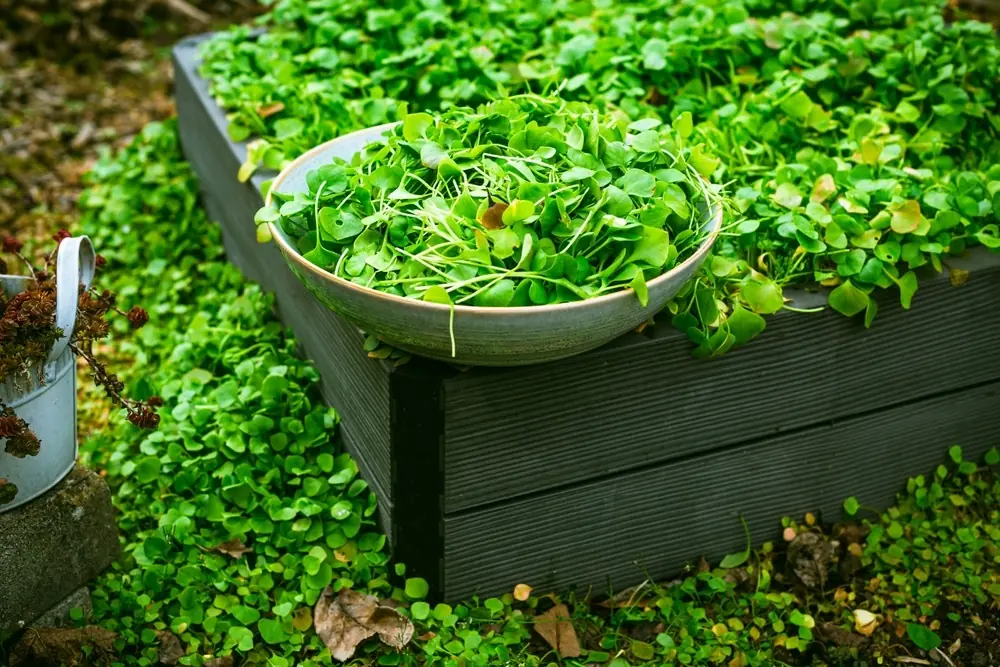
Conclusion
Despite often being mistaken for a w:eed, purslane is a nutritional powerhouse with numerous health benefits. Packed with essential vitamins, minerals, and antioxidants, it is a valuable addition to any diet. From providing omega-3 fatty acids to supporting heart, bone, and kidney health, purslane offers a wide range of benefits. However, individuals who are at risk for kidney stones or suffer from conditions that increase oxalate levels should consume it in moderation or consult a healthcare provider before adding it to their meals. For those who can safely enjoy it, purslane is an easy-to-grow, nutrient-dense plant that can be incorporated into a variety of delicious dishes, making it a perfect addition to any healthy diet.
This surprising "w:eed" is a gift from nature, offering a variety of health benefits that can improve overall well-being. Whether you're looking for a new food to add to your meals or a plant to grow in your garden, purslane is certainly worth considering.
News in the same category


4 Common Meat Thawing Mistakes That Could Put Your Family's Health at Risk

Doctor reveals two little-known signs of skin cancer that everyone misses
Along with the more obvious signs such as changes in moles, these hidden symptoms should be taken seriously.

Why You Should Unplug the Hotel TV Immediately After Checking In

Doctor warns of alarming health risks of sleeping with a fan on during a heatwave
As the heatwave looms and temperatures continue to rise, it is essential for individuals to consider the hidden health risks associated with sleeping with a fan on.
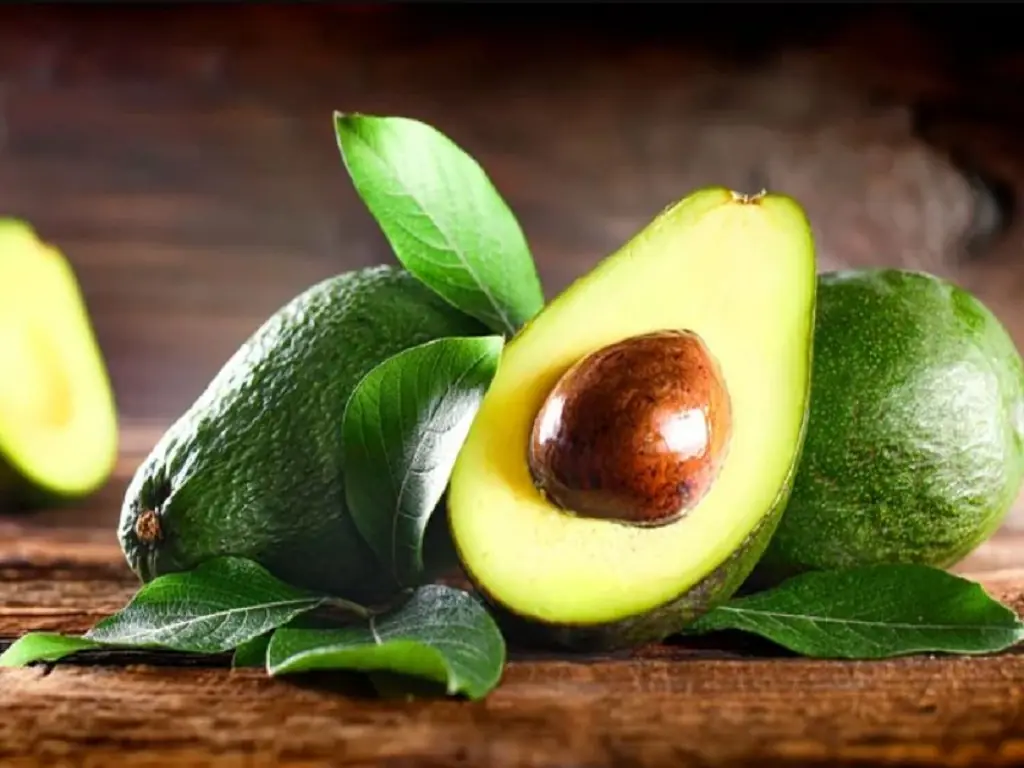
How to Keep Ripe Avocados Fresh and Creamy for Days
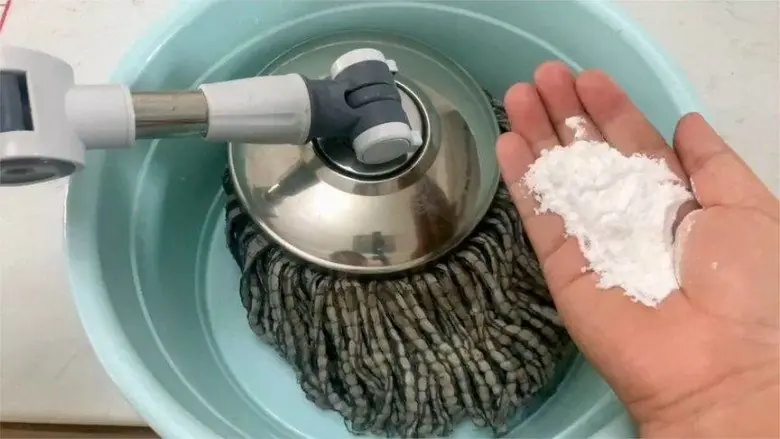
Secret cleaning tip: how to keep your floors clean and dust-free for seven days
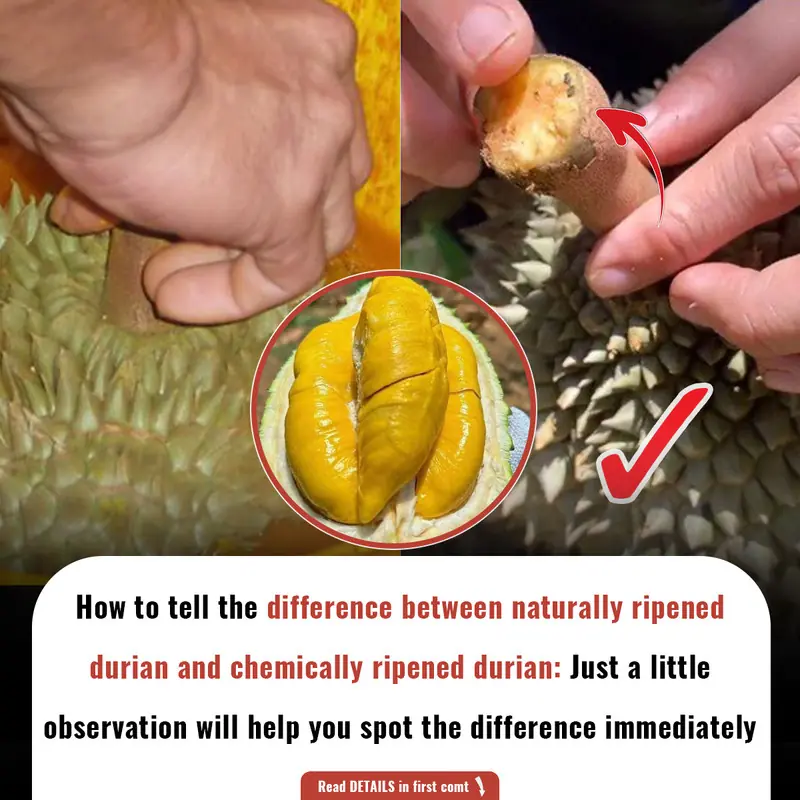
How to Tell the Difference Between Naturally Ripened Durian and Chemical-Ripened Ones

3 Simple Items That Help Save Electricity for Your Fridge

The Silent D@nger: 4 'Healthy' Vegetables That Can H@rm Your Kidneys

Top 4 Fruits to Limit for a Healthier Liver

Why Smart People Never Set Their Air Conditioner to 26°C at Night

How to Position Your TV in the Living Room for Optimal Health and Wealth
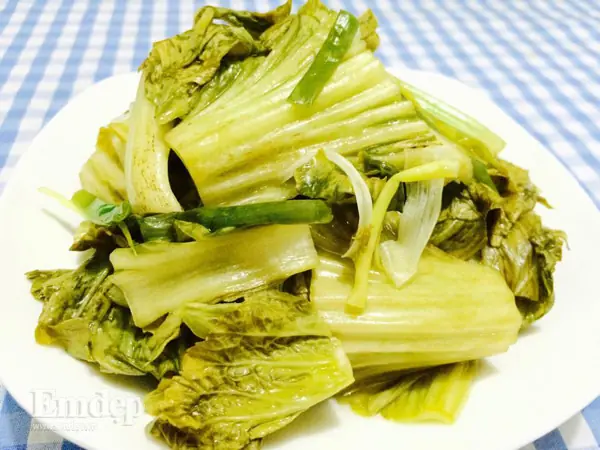
Hidden D@ngers on Your Dinner Plate: 3 Common Vegetables That May Be D@m@ging Your Digestive Health

Doctors warn just one glass of this drink a day could increase risk of being diagnosed with cancer
A doctor in New York City has discovered a worrying trend between a drink almost two-thirds of Americans enjoy and an aggressive cancer.

Doctor reveals the one sound people make that means they have under 24 hours left to live
This phenomenon is most commonly observed as the person drifts in and out of consciousness, and their breathing becomes more labored.

Don't Underestimate This Common Feature of Rice Cookers: It Could Be Harmful to Your Health

Smart People Know This Trick: Save Up to 50% on Your Monthly Electricity Bill by Adjusting Your Air Conditioner

Why Smart People Often Insert a Key into the Door When Sleeping: A Simple Habit with Big Benefits
News Post

DIY 3 Seed Drink For Losing Weight Fast: Natural, Effective, and Easy to Make
By combining cumin, fennel, flaxseeds, carom seeds, and ginger, you can support your body’s natural fat-burning processes, improve digestion, and reduce bloating. This natural remedy is affordable, easy to make, and free from harmful chemicals.

3 Yellow Signs and 1 Red Flag: Check Now to See If Your Liver is Healthy

4 Common Meat Thawing Mistakes That Could Put Your Family's Health at Risk

Ancient Indian Hair Oil Remedy: Get Crazy Hair Growth Naturally
The ingredients in this ancient Indian remedy work together to nourish and revitalize the scalp, providing your hair with the nutrients it needs to grow strong, thick, and beautiful.
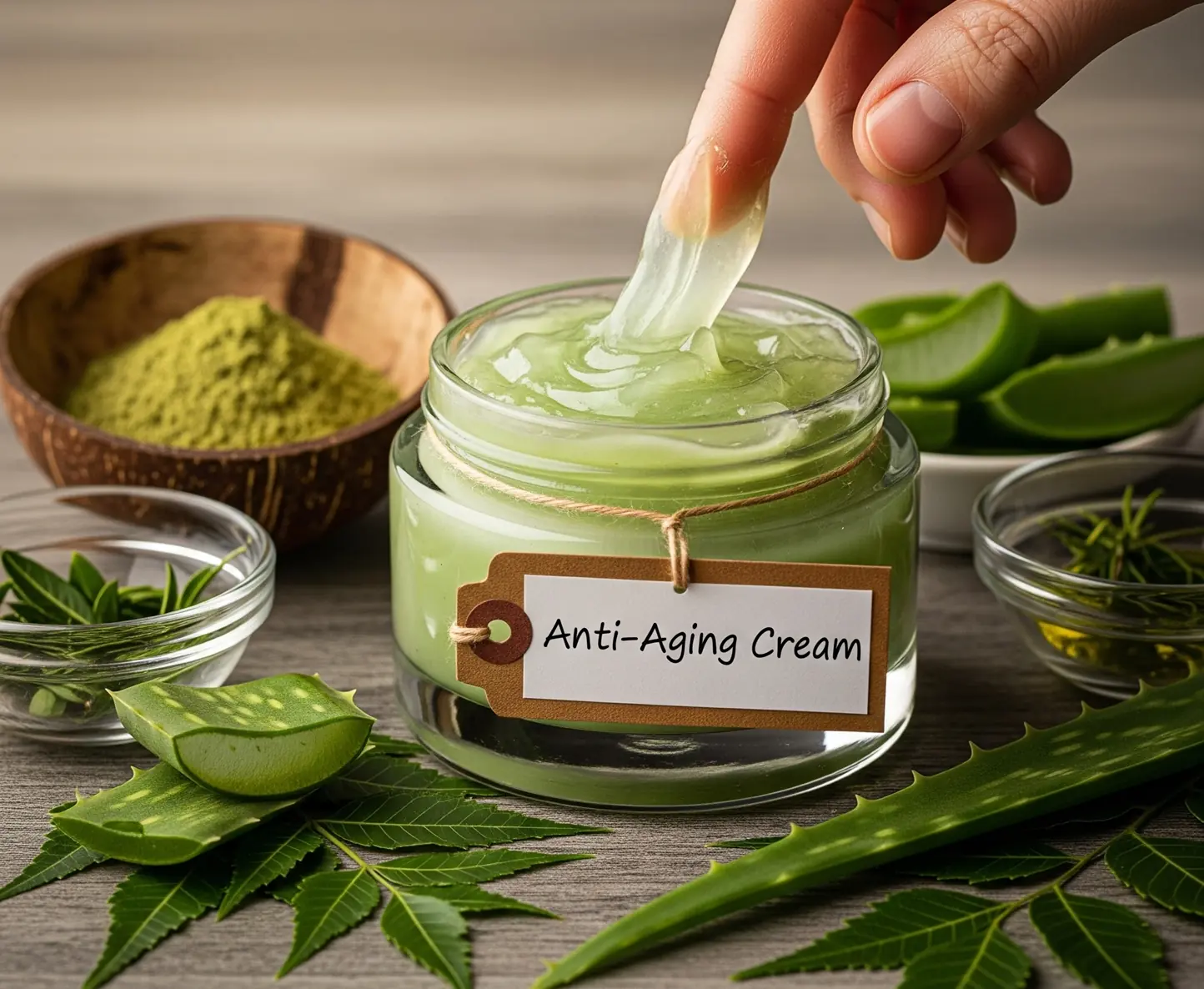
Homemade Neem Gel for Clear and Flawless Skin: Your Ultimate Natural Solution for Acne, Blemishes, and Aging
Incorporating neem gel into your skincare routine is a simple and effective way to achieve clear, healthy, and radiant skin.

Doctor reveals two little-known signs of skin cancer that everyone misses
Along with the more obvious signs such as changes in moles, these hidden symptoms should be taken seriously.

Why You Should Unplug the Hotel TV Immediately After Checking In

Doctor warns of alarming health risks of sleeping with a fan on during a heatwave
As the heatwave looms and temperatures continue to rise, it is essential for individuals to consider the hidden health risks associated with sleeping with a fan on.

How to Keep Ripe Avocados Fresh and Creamy for Days

Secret cleaning tip: how to keep your floors clean and dust-free for seven days

How to Tell the Difference Between Naturally Ripened Durian and Chemical-Ripened Ones

Homemade Eye Roll To Get Rid Of Dark Circles: The Ultimate Natural Remedy for Dark Circles
The homemade eye roll remedy we’ve shared today combines the soothing, brightening, and hydrating powers of olive oil, aloe vera, lemon zest, and raw milk to help reduce puffiness, lighten dark circles, and restore the vitality of the delicate skin arou

3 Simple Items That Help Save Electricity for Your Fridge

The Silent D@nger: 4 'Healthy' Vegetables That Can H@rm Your Kidneys

Top 4 Fruits to Limit for a Healthier Liver

Natural Remedy to Reverse Grey Hair: Unlocking the Secrets to Rejuvenate Your Hair Color
This DIY remedy offers a holistic approach to hair health-nourishing from within and the outside.
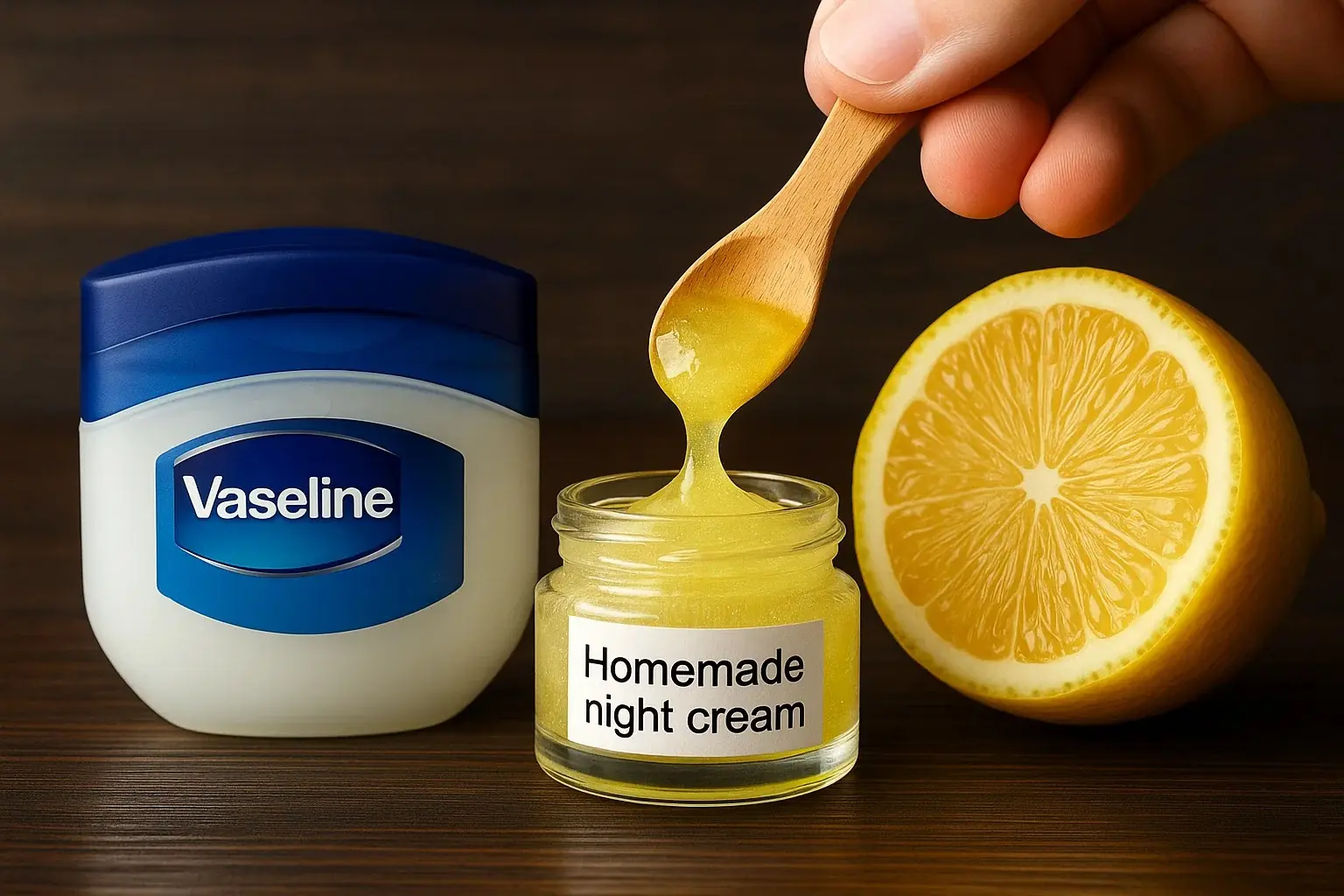
5 Powerful Ways to Use Vaseline for Anti-Aging: Natural Remedies for Smoother, Wrinkle-Free Skin
Try these 5 homemade Vaseline treatments today, and enjoy youthful, wrinkle-free, and radiant skin with the power of nature!

Erase Wrinkles and Achieve Glowing Skin Naturally: The Ultimate Banana Face Pack for Youthful Radiance
By incorporating natural ingredients like banana peels, rice, cornstarch, and lemon juice, you can nourish your skin and achieve a radiant, youthful complexion without harsh chemicals or expensive treatments.

Why Smart People Never Set Their Air Conditioner to 26°C at Night
